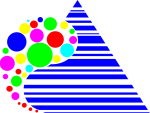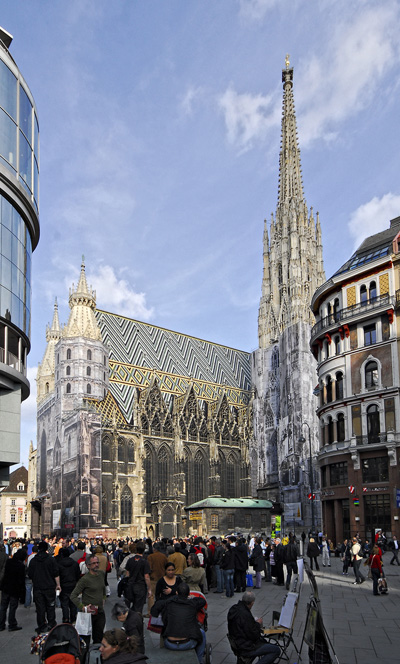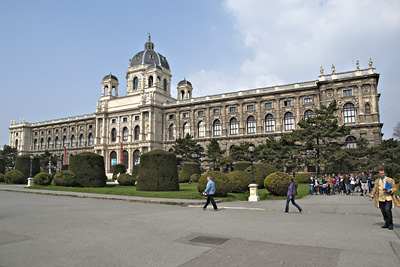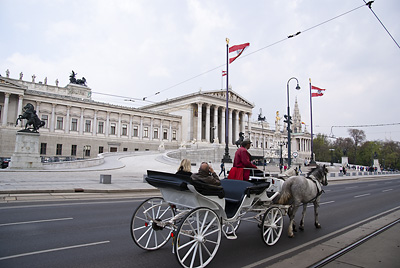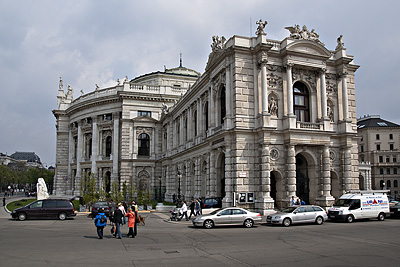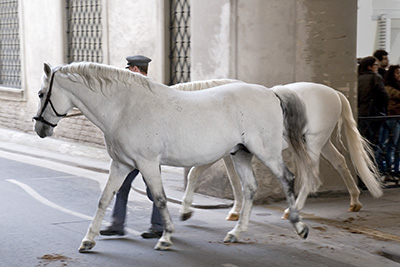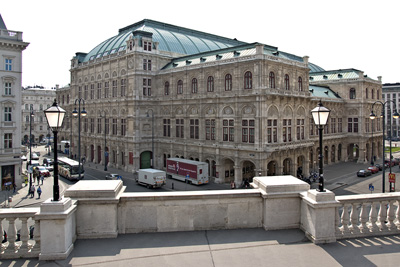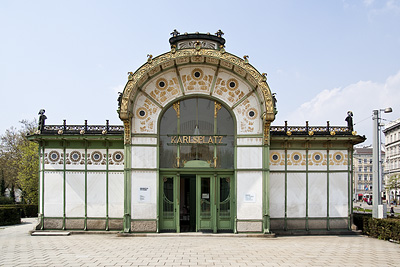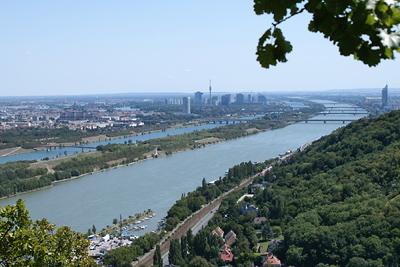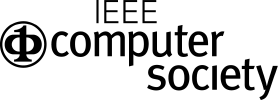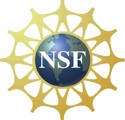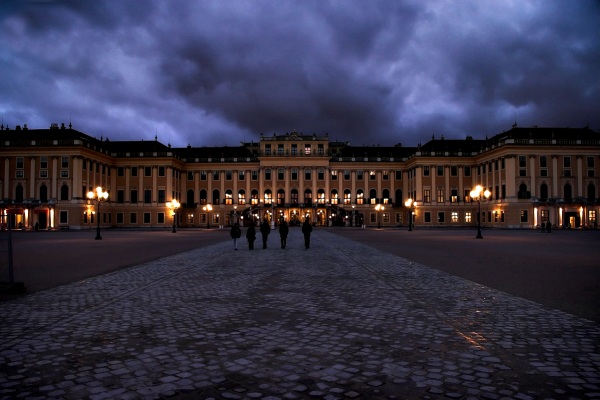
Schönbrunn Palace
Sightseeing
Vienna has many facets to be discovered. See the reminiscence of a glorious past in union with a lively present, feel the typical VienneseGemütlichkeit, experience the distinctive charm of the city of Vienna.
The City Center
Fortunately, a large number of landmarks is located just in walking distance from the conference location. The Stephansdom (St. Stephen's Cathedral) situated at the heart of the city has born witness to many important events in Austria's history and became the city's most recognizable symbol. Its south tower is a dominant feature of the Vienna skyline. Curved glass elements at the front of a modern shopping complex vis-a-vis, the Haashaus, mirror the old Roman towers of this huge Gothic cathedral. From the restaurant on top of the Haashaus there are magnificent views of Stephansdom and Stephansplatz. Adjoining streets, especially Graben and Kärnterstraße, are popular meeting points and offer exclusive shopping facilities.A walk through Graben and Kohlmarkt leads to Michaelerplatz where you find the Michaelerkirche, historically and culturally one of the most important churches in Vienna, and a wing of the Hofburg, the residence of the former Austrian emperor. Today the Hofburg is the residence of the President of Austria and includes, for example, the Schatzkammer (treasury), the national library, and the Spanische Hofreitschule (riding school for Lipizzan horses). Walking through courts of the Hofburg and crossing Heldenplatz you arrive at the Ringstraße just between the Museum of Natural History and the Museum of Art History. The Ringstraße was built from 1860 to 1890 in a typical historic style to replace old city walls around the city center. Turning right and following the Ringstraße you see the Parliament building, Rathaus (Town Hall), Burgtheater (national theatre), University, and Votivkirche. Schottengasse and Herrengasse lead you back to Michaelerplatz. Walking straight ahead through Augustinerstraße you find the Albertina (an important museum) and the Staatsoper (national opera). For the way back to Stephansplatz you can stroll through Kärnterstraße.
Some of the oldest parts of Vienna can be found to the north of Stephansplatz, for example at the Hohe Markt (where remnants of walls from the Roman legion camp Vindobona - an earlier name of Vienna - can be visited) and the Judenplatz. The oldest church is the Ruprechtskirche containing elements dating to the 9th century. The area around the Austrian Academy of Sciences (where the conference takes place) also belongs to the oldest parts of Vienna.
Further Historic Places, Palaces, and Churches
The Schönbrunn Palace is one of the major tourist attractions in Vienna. This imperial summer residence illustrates the tastes and interests of many Habsburg monarchs. Extensive gardens include the worlds oldest existing zoo, an orangerie, a Palm house and a botanical garden.The two Belvedere Palaces, one facing the other with a park in between, were built for Prince Eugene as a venue for baroque parties. The location of the upper palace on a hill gives a wonderful view over the city. Today the palaces are used as art museums and show excellent exhibitions.
The Karlskirche is one of the most outstanding Baroque Rococo churches with impressive paintings worth to be visited. It is located at Karlsplatz about 200 meters outside the Ringstraße. Karlsplatz is also a highly frequented transportation hub. The Otto Wagner Pavillon in Jugendstil style earlier was an entry into a subway station. Further important buildings around the Karlsplatz are the Wiener Musikverein (a famous concert hall where concerts are given by the best orchestras from around the world), the Künstlerhaus, the Wien Museum (focusing mainly the history of Vienna), and the Vienna University of Technology.
Museums
In Vienna you find a large number of museums - see an alphabetic list. Among others the following museums show important collections of fine art: Kunsthistorisches Museum, Albertina, Belvedere Palaces, Liechtenstein Museum, Kunsthalle Wien, Museum Moderner Kunst, Leopold Museum and Museum für Angewandte Kunst.Music lovers may be interested in the Haus der Musik and memorial places of Mozart, Beethoven, Haydn, Schubert, Lehar and Johann Strauss.
The history of Vienna is best documented in the Wien Museum, the history of the former Austrian Empire in the museums of the Schönbrunn Palace and Hofburg.
Further well-known museums are the Museum of Natural History, the Museum of Technology, the Museum of Military History, the Jewish Museum and the Sigmund Freud Museum.
The Haus des Meeres is interesting because it is located within a former Flak tower
.
There are also rather strange museums like the Museum of Art Fakes, the Federal Pathologic-anatomical Museum and the Burial Museum.
Music and Entertainment
The Wiener Staatsoper is one of the best opera houses in the world. Also the Theater an der Wien and the Volksoper give opera performances of high quality, where the Volksoper also shows operettas. Raimund Theater and Ronacher are known for their musical productions. Best orchestral performances are offered in the Wiener Musikverein (classical concerts) and the Wiener Konzerthaus (broad range from classical to contemporary, jazz and world music). The famous Wiener Philharmoniker (Vienna Philharmonic Orchestra) can be enjoyed mainly in the Musikverein and Staatsoper, sometimes also in the Konzerthaus and the Theater an der Wien.In Vienna, music mainly means classical music. But, of course there are also numerous jazz clubs as well as pop and rock concerts.
A large range of theatres and cabarets - see an alphabetic list - gives performances mainly in German.
Green Belt and New Skyline
A large green belt surrounds the urban area. Especially in the west and north-west, green hills with vineyards and wood form natural city limits and provide wonderful views over the city. Close to the hills you can find Heurigen; these traditional restaurants serve self-made local wine and food.The main branch of the Danube river flows through the northern part of Vienna. A second branch - the New Danube - was constructed alongside the main branch some decades ago to prevent floods, and the more than 20 kilometer long green island between Danube and New Danube became an important local recreation area. Some space gained by these flood control measures was used to build new urban quarters dominated by high skyscrapers while the older districts remained almost free of new high buildings. These skyscrapers form a new skyline of Vienna without destroying the old skyline dominated by spires of old churches and other historic buildings.
Outside Vienna
If time allows, you may want to have a look on landscapes in the surroundings of Vienna. The Wachau, a valley formed by the Danube river, is one of the most prominent tourist destinations located between the towns of Melk and Krems. A special climate favors the production of grapes and apricots of high quality. Several monasteries, palaces, and castle ruins can be visited, the most well-known is probably the castle ruin of Dürnstein where King Richard the Lion-Heart of England was held captive. You can take a cruise with a river ship from Vienna to the Wachau.Between Vienna and Bratislava the Danube flows through large flood plains, the national park Donau-Auen. You can, for example, start a tour in the Lobau or in Orth an der Donau. If you are more interested in history, you may want to visit the remains of Carnuntum, an important Roman army camp in the flood plains located to the east of Vienna.
The Neusiedlersee (Lake Neusiedl) is a large steppe lake at the Austrian-Hungarian border. Most of the lake is surrounded by reeds which serve as a habitat for wildlife, and large parts are preserved as national parks. Well-known tourist towns and villages around the lake are Podersdorf, Neusiedl am See, Rust and Mörbisch.
September is possibly the best time for hiking. The mountains in the eastern Alps not far from Vienna offer best opportunities even for people without much experience. For example, you can take a train from Vienna to Puchberg am Schneeberg as well as the cog railway onto the Schneeberg and walk from the top station to the mountain top. Or you can take a train to Payerbach as well as a cable car onto the Rax and walk around the large high plateau. If you want to be more active, you can use one of many fixed rope routes instead of the cable car. The spring water in the water pipes in Vienna comes from Rax, Schneeberg and some other mountains in the Alps.
